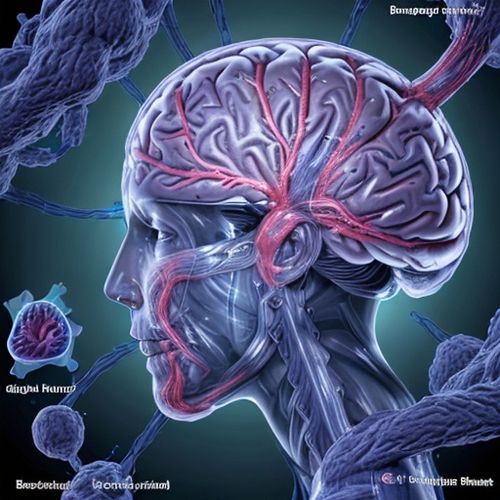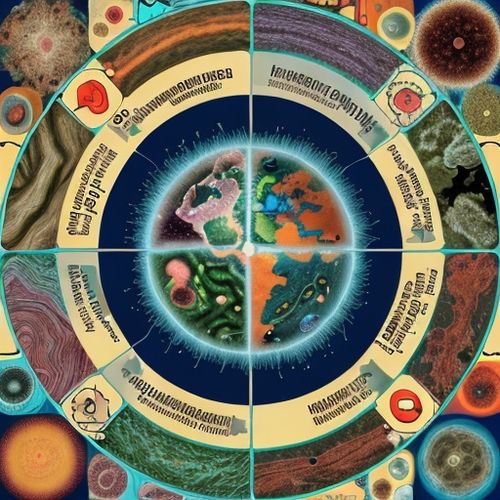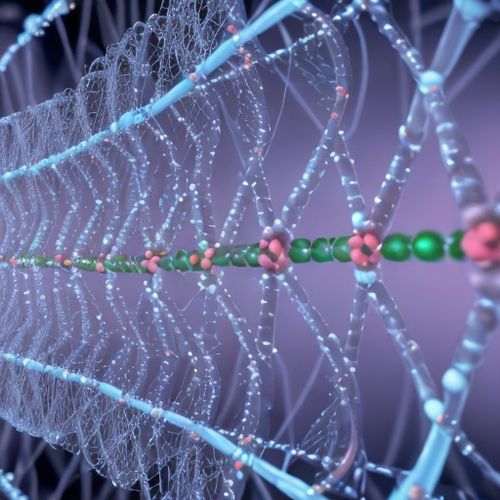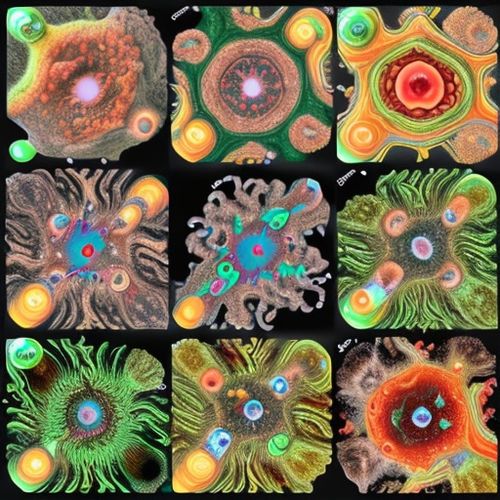For decades, the central dogma of biology held that genetic information flows unidirectionally from DNA to RNA to proteins, with environmental factors unable to rewrite the hardwired genetic code passed between generations. However, groundbreaking research in epigenetics has challenged this assumption, revealing how experiences and environmental exposures can leave molecular marks on DNA that may reverberate across multiple generations.
The concept of transgenerational epigenetic inheritance suggests that certain epigenetic modifications – chemical tags attached to DNA or its associated proteins – can escape the typical "reprogramming" that occurs during embryonic development and germ cell formation. These persistent marks may then influence gene expression patterns in offspring who never directly experienced the original environmental trigger. While still controversial in some circles, a growing body of evidence from animal studies and human epidemiological data paints a compelling picture of this phenomenon.
Animal Models Illuminate the Mechanisms
Laboratory studies have provided some of the most direct evidence for epigenetic inheritance. In one landmark experiment, researchers exposed pregnant rats to vinclozolin, a common fungicide. The male offspring showed decreased sperm counts and fertility, but remarkably, these effects persisted through four subsequent generations despite no further chemical exposure. Molecular analysis revealed altered DNA methylation patterns in the sperm of affected males, suggesting these epigenetic marks maintained the inheritance of the trait.
Similarly, studies with agouti mice demonstrated how maternal diet could affect offspring phenotype across generations. When pregnant mice were fed methyl-donor supplements, their offspring displayed different coat colors and reduced susceptibility to obesity. These changes correlated with DNA methylation at the agouti gene locus and were observable in subsequent generations, indicating transmission of epigenetic information through the germline.
Human Evidence from Historical Events
While human studies face obvious ethical and logistical constraints, researchers have uncovered suggestive evidence by examining populations exposed to extreme conditions. The Dutch Hunger Winter of 1944-45, when Nazi blockades caused severe famine, became an unintentional natural experiment. Children conceived during this period showed higher rates of metabolic diseases later in life, as might be expected from developmental programming. Astonishingly, their own children – born decades after the famine – also displayed distinct metabolic profiles and birth weight differences, despite never experiencing malnutrition themselves.
Similar patterns emerged from analysis of Överkalix parish records in northern Sweden, where historical harvest data allowed researchers to correlate childhood nutrition with grandchildren's health outcomes. Boys who experienced feast seasons during their prepubescent growth period had grandsons with significantly reduced diabetes mortality, while famine exposure predicted increased cardiovascular mortality in descendants. These associations remained significant after accounting for socioeconomic factors, pointing to possible epigenetic transmission.
The Sperm as an Epigenetic Messenger
Recent work has focused on sperm as a potential vector for epigenetic information. Studies have identified various stress-induced changes in sperm miRNA profiles, DNA methylation patterns, and histone modifications that correlate with offspring neurodevelopment and stress responses. In humans, smoking has been shown to alter sperm DNA methylation at genes related to cancer and asthma, potentially explaining some inherited disease risks that lack clear genetic mutations.
Perhaps most strikingly, researchers examining the sperm of Holocaust survivors' sons found differential DNA methylation at genes related to stress responses compared to Jewish men whose parents hadn't experienced the camps. These findings, while preliminary, suggest that extreme trauma might leave epigenetic signatures that persist in descendants' germ cells.
Controversies and Open Questions
The field continues to grapple with fundamental questions about how epigenetic information survives the extensive reprogramming that occurs during gametogenesis and embryogenesis. Some researchers propose that certain genomic regions called "imprint control regions" may be particularly resistant to reprogramming, acting as epigenetic waystations between generations. Others suggest that small RNAs in sperm may carry information that helps reconstruct epigenetic patterns in the next generation's genome.
Skeptics rightly point out that many human studies rely on observational data vulnerable to confounding factors, and that the molecular mechanisms remain incompletely understood. Additionally, distinguishing true germline epigenetic inheritance from other forms of intergenerational effects (like maternal exposures during pregnancy) requires carefully designed multigenerational studies that are difficult to conduct in humans.
Implications for Public Health and Evolution
If confirmed, transgenerational epigenetic inheritance could reshape our understanding of disease risk and prevention. It suggests that current generations' environmental exposures – to toxins, stress, or nutritional shifts – might influence the health of grandchildren or great-grandchildren. This perspective adds urgency to addressing modern environmental challenges and could lead to new preventive strategies targeting epigenetic risk factors.
From an evolutionary standpoint, the phenomenon offers a potential mechanism for rapid adaptation. While classical genetic mutations provide the raw material for natural selection, they arise randomly and spread slowly. Epigenetic inheritance could theoretically allow populations to "remember" past environmental conditions across several generations, providing a nongenetic form of plasticity during times of rapid environmental change.
As research progresses, scientists are developing more sophisticated tools to track epigenetic marks across generations and distinguish true inheritance from other effects. While many questions remain, the accumulating evidence suggests that our experiences may leave molecular footprints that extend far beyond our own lifespans, weaving a more complex tapestry of inheritance than previously imagined.

By Thomas Roberts/Apr 19, 2025

By Michael Brown/Apr 19, 2025

By Victoria Gonzalez/Apr 19, 2025

By Benjamin Evans/Apr 19, 2025

By Eric Ward/Apr 19, 2025

By Emily Johnson/Apr 19, 2025

By David Anderson/Apr 19, 2025

By Olivia Reed/Apr 19, 2025

By Emma Thompson/Apr 19, 2025

By William Miller/Apr 19, 2025

By Laura Wilson/Apr 19, 2025

By Emma Thompson/Apr 19, 2025

By John Smith/Apr 19, 2025

By John Smith/Apr 19, 2025

By James Moore/Apr 19, 2025

By Michael Brown/Apr 19, 2025

By John Smith/Apr 19, 2025

By Noah Bell/Apr 19, 2025

By Emma Thompson/Apr 19, 2025

By Benjamin Evans/Apr 19, 2025